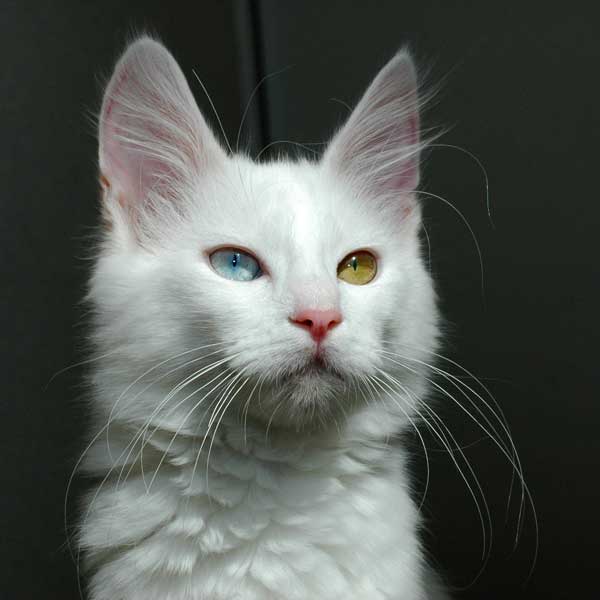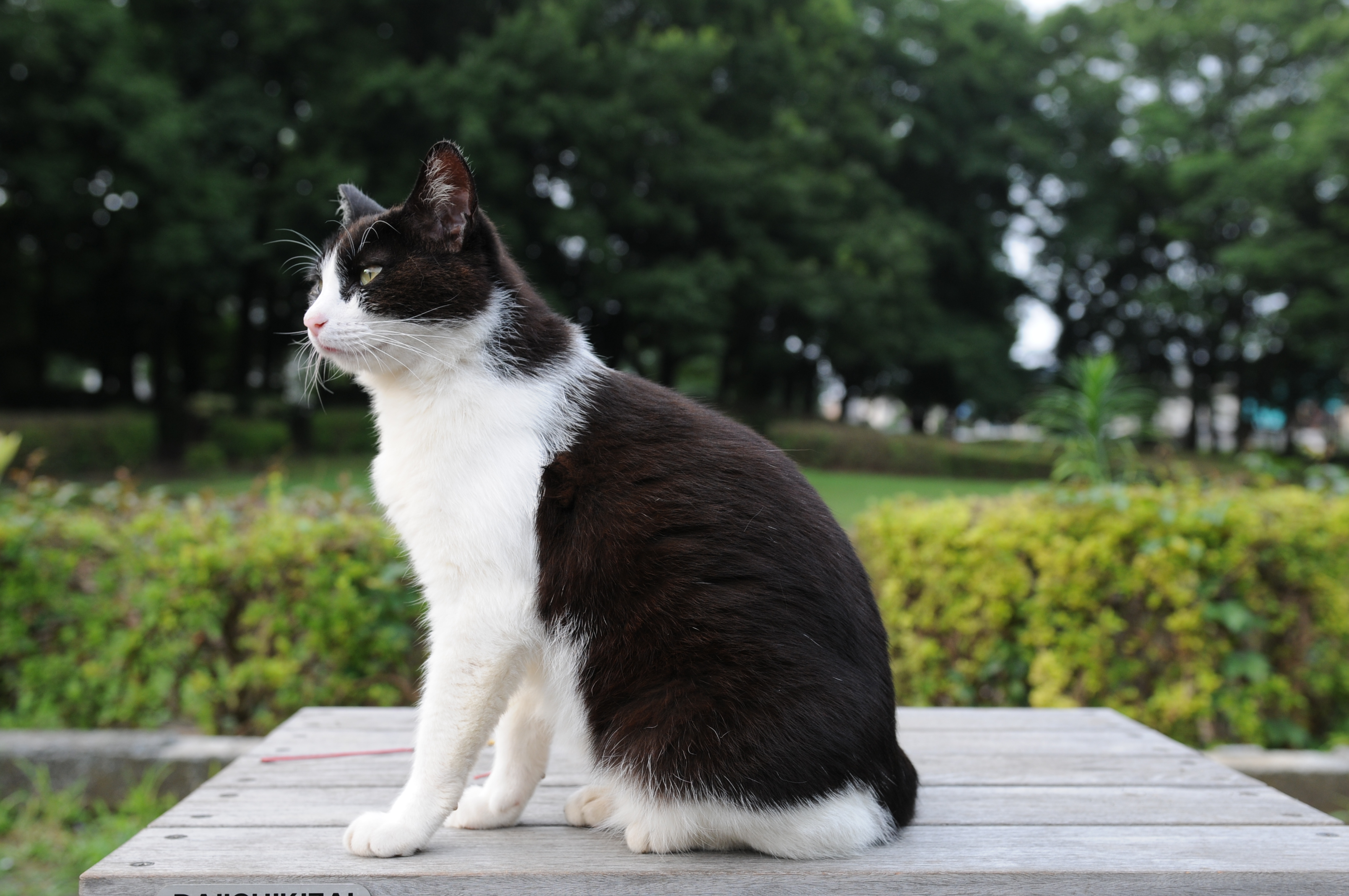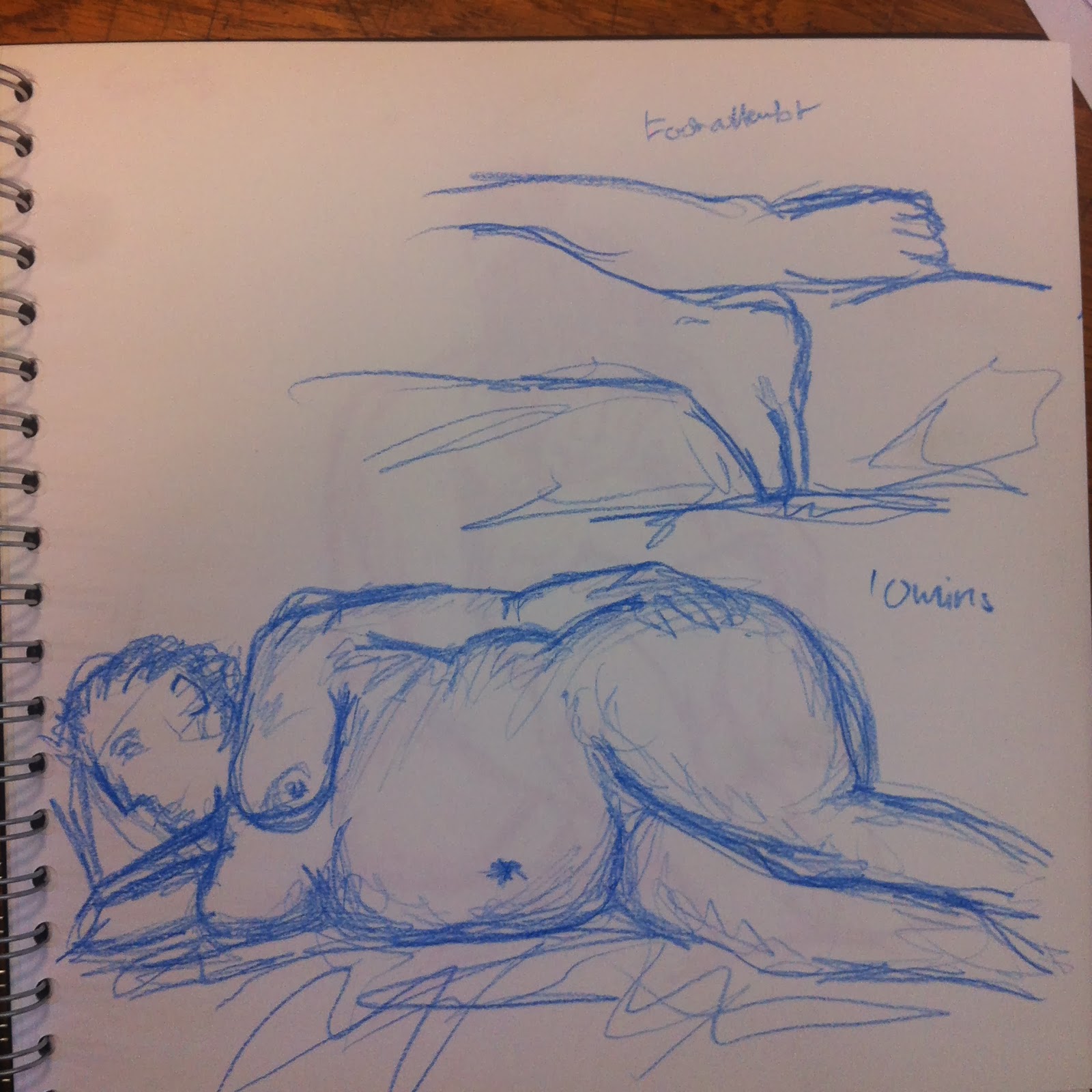To help further my research for the Book of Nonsense I will be 'profiling' the 6 cat breeds mentioned in the poem and creating a mood board in my sketchbook for each.
What is a breed?
A breed is a stock or collection of animals or plants which all possess a distinctive appearance with features that have been specifically developed further by selective breeding. For example, Arabian horses are known for their 'dished' (concave) noses- thousands of years ago, Arabian nomads would have bred horses with this specific feature together to increase the likelyhood of a foal having this feature too. This method was repeated over time so that eventually ALL Arabian horses have this feature.
Siamese Cats
Siamese cats are reknowed for their great beauty and elegance. Siamese cats are one of the first recognised Oriental cat breeds, originating from Thailand and China. They are characterised by their elongated bodies and slim frames, along with their large ears, small heads and almond shaped eyes. Their eyes are also a bright baby blue, and they have a lovely point-based colouring (where the darker colours are at the points of the body such as the face, legs and tail).
Angora Cats
Turkish Angora cats are one of the oldest natural breeds of cat, originating from the Ankara region. It is believed to be the origin of the long hair varieties and the dominant white gene. They are usually white but can be any colour, and can have odd-coloured eyes.
Tabby Cats
'Tabby' is not an actual breed of cat. The tabby colouration can occur in any breed, and as a matter of fact most cats possess the gene but do not always display it due to other active genes.
Mackerel tabbies have stripes running down their bodies, with the stripes gently curving vertically downwards. Mackerel tabbies are the most common type, and have an 'M' marking on their foreheads.
Classic tabbies have a whirled, 'bullseye' like pattern on their bodies and are usually in browns and blacks but can be grey.
Ticked tabbies have agouti hairs, where the hair pigment is broken up into bands of different colours, giving the coat a 'salt and pepper' look.
Spotted tabbies look exactly like the name suggests: the gene is modified so the Mackerel or Classic pattern is broken up into smaller spots and patches.
Black and White Cats
'Black and White' is also not a specific cat breed. The right term is a bicolour cat, and they are white with patches of other colours or patterns. However for the sake of this poem I will be researching black bicolour cats.
Bicolour cats are graded from 1-10, with 1 being completely solid and 10 being fully white. There are also specific patterns which have popular names, such as 'tuxedo' patterns.
Tortoiseshell Cats
Like the black and white cat, a tortoiseshell is also a type of bicolour cat. However instead of being one colour mixed with white they are usually two or more colours mixed together. Another interesting thing to note is that tortoiseshell cats are usually exclusively female.
Manx Cats
Manx cats come from the Isle of Man in the UK and are typically tailless due to a genetic mutation which was specifically bred for. Sometimes the cats can have a short, stumpy tail.











.JPG/738px-Turkish_Angora_in_Ankara_Zoo_(AO%C3%87).JPG)













































